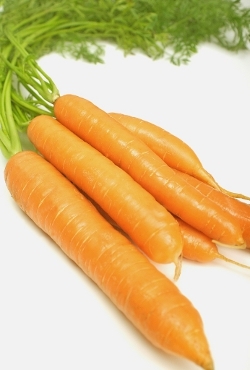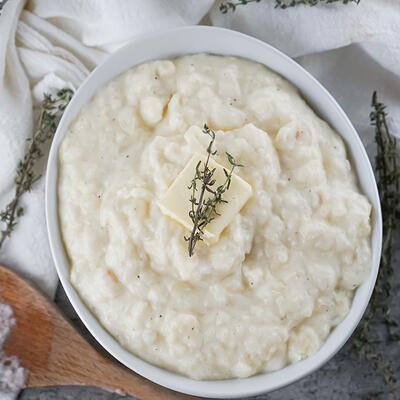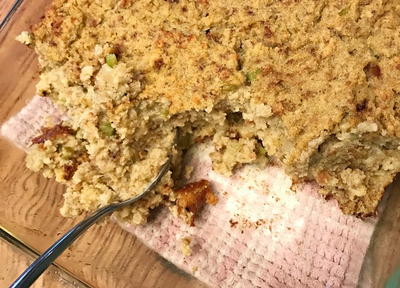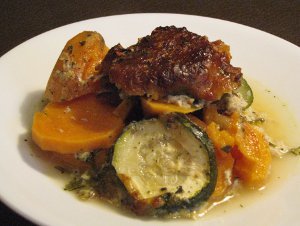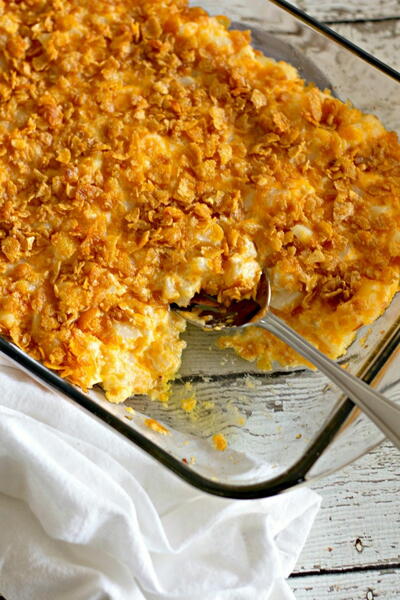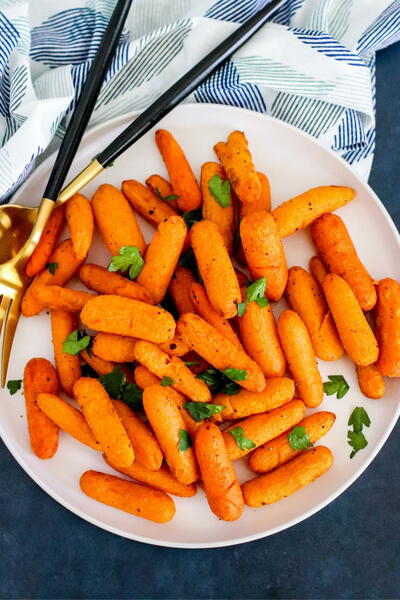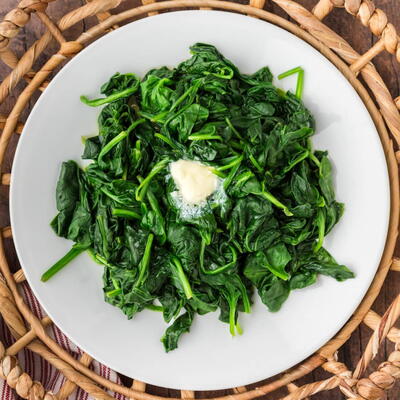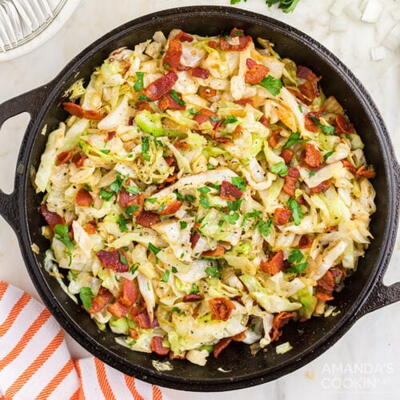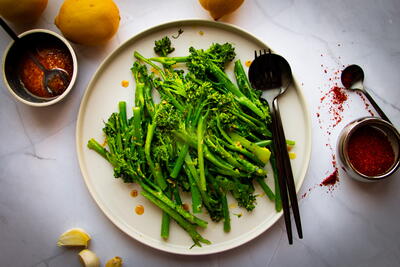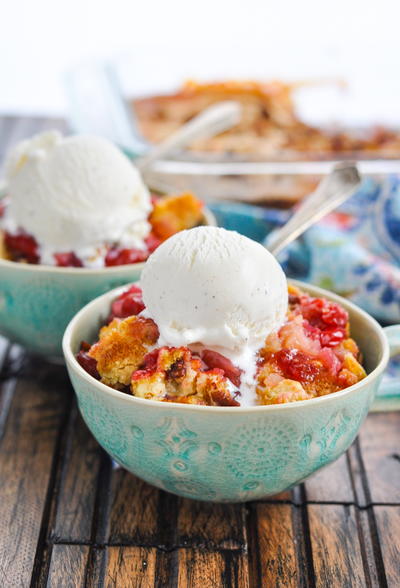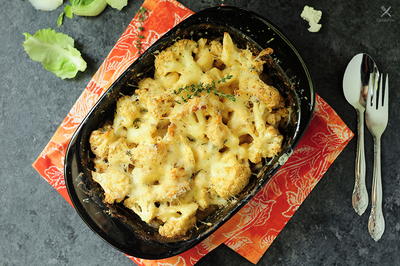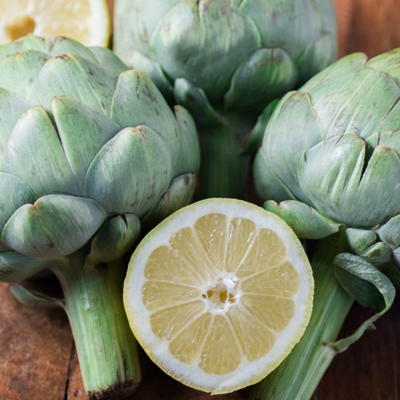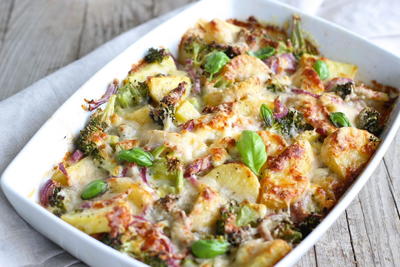Top 7 Vegetables to Freeze and Enjoy
Freezing your own vegetables saves money and ensures that you don't skip out on quality. When you freeze vegetables you will still have that farm-fresh summer taste in the middle of a January blizzard! What more reason do you need to put those extra green beans, cucumbers or Brussels sprouts in the freezer?
Of course freezing isn't limited to the vegetables listed above. You can freeze countless types of vegetables including corn, asparagus, beets, cabbage, eggplant, greens (spinach, kale, chard etc.), kohlrabi, potatoes, cauliflower, peas, squash, tomatoes; even mushrooms pumpkin! Essentially, any vegetable that grows out of the ground can be frozen and kept for later use, but it's best not to keep the frozen vegetables for over six months.
So you just went to the Farmer's Market and bought three dozen ears of corn because it looked amazingly delicious and was on sale. You're pretty sure you won't be able to eat all 36 ears anytime soon, so you want to freeze the corn. The problem is, you don't really know how. Do you just stick the corn in the freezer, or are there steps you have to perform first?
Well you're in luck, because this article gives you the top seven vegetables to freeze and enjoy! Freezing fresh vegetables never got easier with this simple guide!
Let's start with corn, the ever-popular golden vegetable.
Since freezing corn on the cob takes up a lot of freezer room, it is recommended that you lose the cobs.
To freeze the corn without the cobs, you should:
- Stack the ears in a large pot, cover with water and bring to a rolling boil.
- Boil for five minutes.
- Chill the corn in cold water.
- Cut the corn off the cob.
- Place kernels in freezer bags
To freeze your bunch of carrots, simply wash, peel and cut each carrot into 1/4" pieces then boil three to four minutes. Cool in ice water then store in a freezer bag. Simple and sweet, just like the carrot itself.
Next on our list of the best vegetables to freeze is the bean that is green, the green bean.
To freeze your green beans, follow these easy steps:
- Rinse the beans thoroughly.
- Drain and cut the ends off.
- Put the green beans into rapidly boiling water, cover the pot and boil them for 3 minutes.
- Remove the green beans from the boiling water and immediately plunge them into a bowl of ice water.
- After they've been in the ice water for longer than four mintues, drain and pat dry.
- Place in a freezer bag, remove any access air in bag, then freeze.
Everyone loves a good potato. Whether you have grown them in your garden or bought them from a farmer's market or grocery store, potatoes seem to taste exceptionally good when grown locally. Now you can enjoy them year-round with these 4 simple steps:
- Cut the potatoes into one-inch cubes, and then place them into a pot of boiling water. Blanch the potatoes in boiling water for about three to six minutes, depending on the size of the potato.
(Blanching is an easy technique that allows vegetables to stay crisp and tender. By boiling vegetables briefly, chilling them in ice water, then reheating them slowly, blanching preserves the vegetable you are blanching).
- Immediately plunge the blanched potatoes into ice water, and cool them for about 10 minutes.
- Drain the potatoes for about three minutes then freeze the potatoes on cookie sheets for about an hour.
- Place the potatoes in freezer bags.
Many peope underestimate the importance of peas. These little guys are packed with eight vitamins, seven minerals as well as dietary fiber and protein. They are also easy to freeze and they keep well frozen.
To freeze your peas, simply:
- Wash and drain the peas.
- Shell the peas then wash once more.
- Blanch for two minutes then submerge in ice water.
- Drain peas, then place in freezer bags.
Squash is another summertime favorite that is easy to freeze and store for those months where it's not as plentiful.
To freeze your squash follow these four simple steps-
- Wash and slice the squash about 1/2 of an inch thick, making sure to cut off the ends.
- Blanch squash for three minutes.
- Cool the squash then drain.
- Put in freezer bags.
A vegetable you might not think of freezing is pumpkin. Infamous for being the thing you carve on Halloween and sometimes eat the seeds of, the pumpkin actually has many other uses in its off season, including being frozen and used throughout the year.
Pumpkin is one of the vegetables that needs to be baked in the oven (instead of boiled) in order to be frozen. To bake and freeze pumpkin, just follow these steps:
- Preheat oven to 300 degrees F. and wash the outside of the pumpkin.
- Cut the pumpkin in half and scoop out the seeds and pulp; cut off the stem.
- Place pumpkin, face up, on baking pan. Add enough water to cover bottom of each pumpkin half.
- Cover with aluminum foil. Bake for 2-3 hours, depending on the size of the pumpkin.
- Remove pumpkin from oven and let it cool completely.
- Once cool, scoop pumpkin out of shells and mash or cut in chunks.
- Place pumpkin in freezer bags and freeze.
Now that you have enough expertise on freezing vegetables, here are some additional tips you might find helpful on your veggie freezing adventure:
- You should always use ice water, not cold water, to stop the cooking of vegetables completely.
- Make sure you discard vegetables that have freezer burn or are discolored.
- Always label frozen foods with the date you placed them into the freezer and the date you feel they should be eaten by.
- The length of freezer time varies for some vegetables, but it is recommended to use your frozen vegetables in four to six months.
Read NextCauliflower Gratin Recipe
1Nana
Jul 01, 2010
I have always been told not to freeze dishes with potatoes in them because they are mushy when thawed. Does your method have this problem?
Report Inappropriate Comment
Are you sure you would like to report this comment? It will be flagged for our moderators to take action.
Thank you for taking the time to improve the content on our site.

